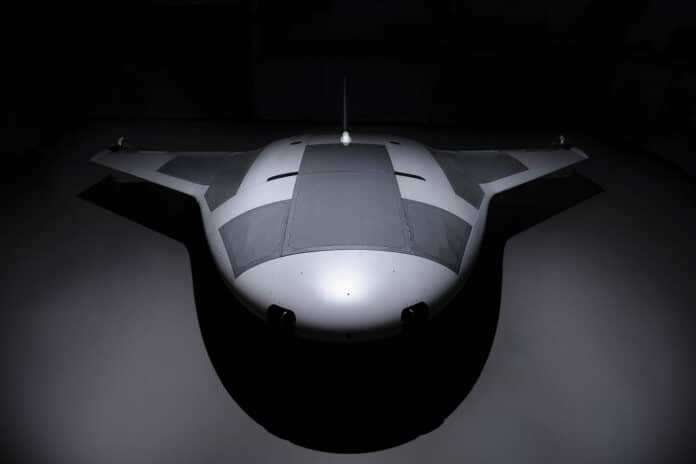Nature has always been a source of inspiration for human engineers. From Leonardo da Vinci’s bird-based flying machines to Northrop Grumman’s latest innovation, the Manta Ray, which takes cues from the hydrodynamics of its namesake fish with some high-tech autonomous systems and energy-saving propulsion.
Northrop Grumman has introduced the first completed prototype Manta Ray, a full-size uncrewed underwater vehicle (UUV). This extra-large glider is designed to operate long-duration and long-range missions, carrying payloads without the need for on-site human logistics.
Manta Ray was built through a Defense Advanced Research Projects Agency (DARPA) program aimed at advancing key technologies to benefit future UUV designs, including techniques to manage energy, increased payload capacity, low-power propulsion, and more.
Not much information has been released about the vehicle. Taking its name from the massive “winged” fish, Manta Ray will operate long-duration, long-range missions in ocean environments where humans can’t go. It’s designed to carry various payloads for different missions, with an emphasis on endurance rather than speed.
Northrop Grumman plans to use the prototype to develop advanced underwater autonomous technologies. The Manta Ray will have energy-saving systems and the ability to anchor itself on the bottom and go into hibernation mode. Its modular construction allows it to be packed in five standard shipping containers for worldwide deployment and in-field assembly.
“Manta Ray will provide payload capability from the sea, making it a critical component of subsea warfare and the DoD’s Joint All Domain Command and Control (JADC2) vision,” said Alan Lytle, vice president strategy and mission solutions, Northrop Grumman in a public statement dated 2022
